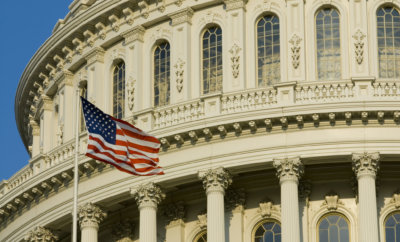Education
Why More Indian Students are Applying to Canadian Universities

The number of students applying from India to Canadian institutes has increased sharply this year.
In the currently politically charged ‘anti-immigrant climate’ in the US and UK, students from India are increasingly looking at Canada as a safe haven. With the rise of Donald Trump and the anti-immigrant atmosphere in the US and other countries, it comes as no surprise that Canadian Universities are seeing a sharp surge in international admissions.
Sharp Increase in the Numbers
According to data provided by the University of Toronto, the number of students applying from India to the institute has increased by 57 per cent, while the number of students accepted from India increased by 45 per cent to 315, as compared to 218 last year.
The situation is similar at Montreal’s McGill University, which saw a 58.3 per cent increase since fall 2016 in applications from visa students coming from schools in India. There has always been a gradual increase in the number of students from India — but never as sharp as has been noticed for the upcoming academic year.
Ted Sargent, vice president (International) of the University of Toronto, said he noticed this trend among students from India and the US, and also from researchers and faculty members.
“There’s a real upswing in interest in University of Toronto. There’s definitely a spike at the moment. Events in the US and the UK have reverberated around the world. It makes people go back and think again.”
The increase in numbers may accentuate in the years ahead if American policy turns more unfriendly towards immigrant. The four offices of Canadian Universities Application Centre have already seen a rise in the number of calls coming in, some from students who are exploring a transfer from their enrollment in US schools.
Canada More Conducive
Another reason behind the fact that Canada is seeing a spike in applications is that the country offers world class education and living conditions at a cost comparatively lower than that in the United States and United Kingdom. Post-secondary education is strong and more standardised in Canada than in the US. International students can always avail merit-based scholarships, and it is quite common at many universities.
Universities often require only your 12th grade report cards when examining transcripts. The academic performance requirement is dependent on the institution and course applied for. Some schools don’t even require the SAT or ACT test scores. Admission process is less of a hassle in Canada. There is less emphasis on essays, letter of recommendation and extracurricular activities as compared to the US.
Other than the absence of a hostile environment, a clear pathway to permanent residency and more certainty in the system is helping cement the unprecedented rush.
Undergraduate Studies Abroad
“What may be driving the increase at the undergraduate level is partially because more Indian students are prepared to study abroad for their undergraduate degree, whereas in the past Indian students more typically travelled abroad for graduate studies,” Karen McKellin, executive director, International Student Initiative at the University of British Columbia (UBC), told the Hindustan Times.
Currently, there are more than 350,000 international students in Canada — which is almost one per cent of Canada’s population. “There are some other parts of the world that are looking inwards,” Sargent said. “And Canada is looking outwards and reaching out globally. I think it’s a competitive advantage for our nation.”




You must be logged in to post a comment Login